US Perseverance successfully landed on the red planet! Archaeology Gate to Life on Mars
Amber kite on the road to the United States
250 million kilometers is the distance from Earth to Mars.
Even if a communication signal traveled from Mars to Earth at the speed of light, it would take 11 minutes and 22 seconds to travel this distance.
On July 30, 2020, the US-launched Mars lander Perseverance (Perseverance), even if it flew around the clock at a speed of 12,000 miles per hour, would have to travel a full half a year to reach the red planet.
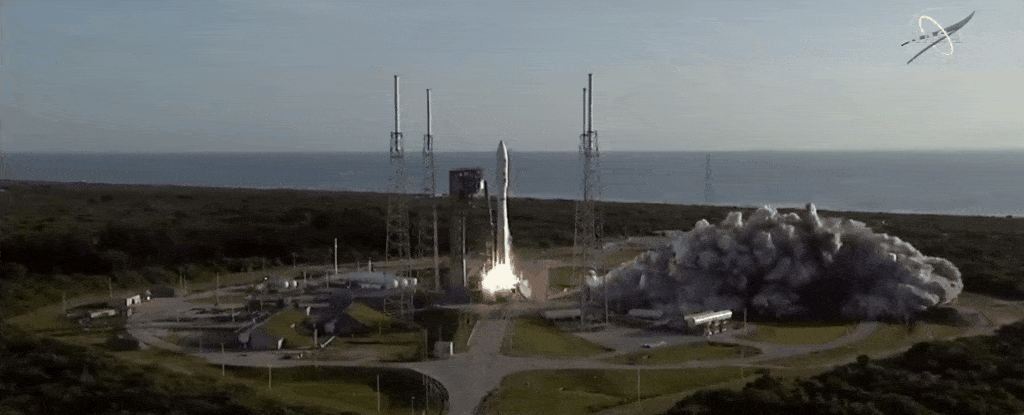

A day on Mars is 40 minutes longer than a day on Earth.
This is NASA (NASA) following the launch of the Sojourner Mars exploration rover in 1997, the launch of Spirit and Opportunity in 2003, and the Curiosity sent to Earth in 2012. After that, a rover landing operation was launched to Mars for the fifth time in history.
The mission is the fully intelligent Perseverance, NASA's most advanced Mars rover, costing $2.7 billion and weighing 2,200 pounds.
Perseverance's equipment configuration includes state-of-the-art cameras, lasers and ground-penetrating radar that can analyze the chemical composition of rocks. Tests of these tools on Earth have shown that it is expected to reveal whether Mars ever hosted ancient life.


February 18, 2021, is the day Perseverance flew to Mars as planned to complete its landing. The United States is also the third country to send a spacecraft to Mars this month, following the United Arab Emirates and China. The Mars probes of the two countries are currently orbiting Mars, and the detection terrain selects the landing site. It is expected to operate and land in 3-4 months.
Because the United States already has a wealth of information on the topography of Mars, this time, the Perseverance rover can bypass the orbit of Mars and land directly on the planned surface of Mars.
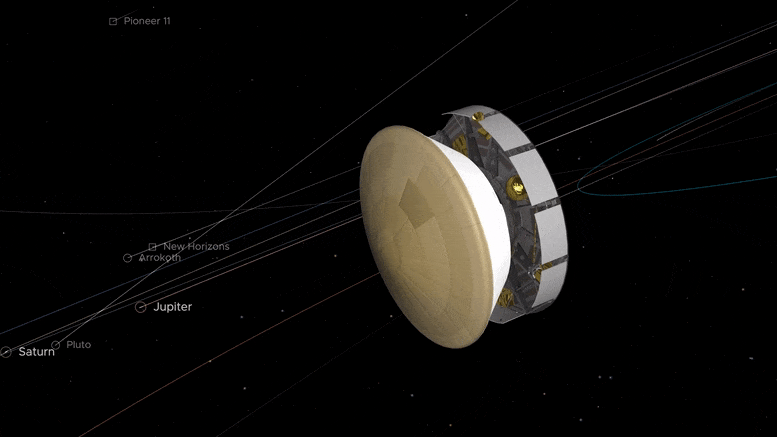
The special feature of the US team can be seen from NASA's live broadcast. All kinds of people on the earth have representatives who immigrated to this land. The host of NASA's live broadcast of Perseverance's landing on Mars today looks like Hispanic, and the scientific research leading team shows up. At a glance, you can see representatives of Chinese, Indian and other people who are increasingly playing a leading role in the American science and engineering (STEM) world.
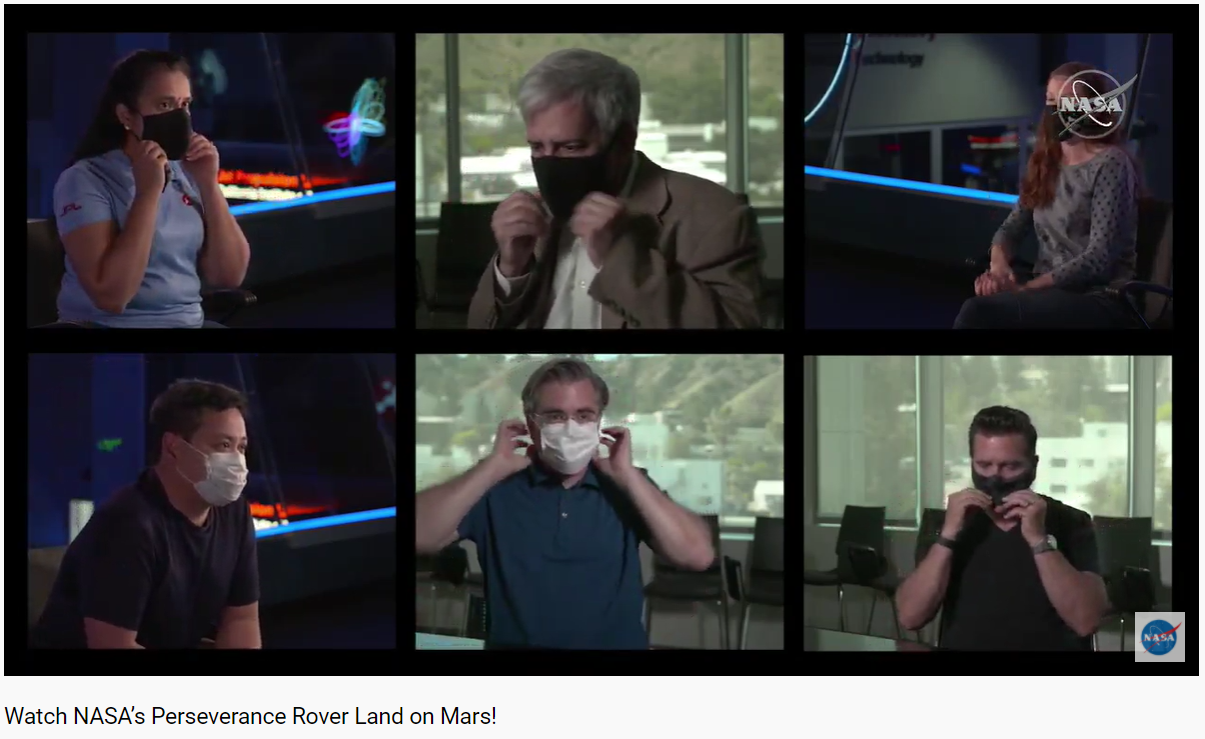
The overall responsibility and command of the mission is NASA's Jet Propulsion Laboratory in California.
The lead engineer of the Perseverance Mars landing project is a Chinese-American, Allen Chen.

American scientists have chosen a complex and challenging landing site, the Jezero Crater.
Because scientists believe that this is an ancient Martian lake area, the size of Lake Tahoe in California, and the most likely place to find the answer to whether there are traces of life on Mars billions of years ago.
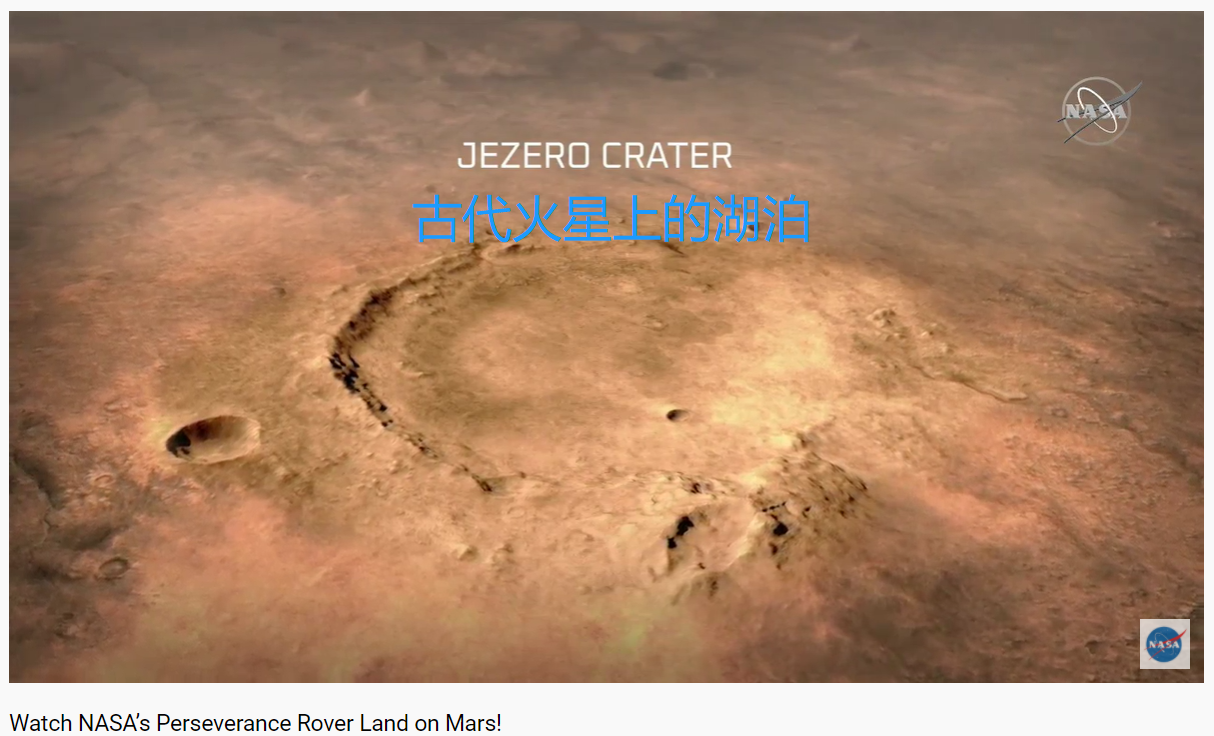
The biggest challenge of this landing is that the Perseverance must brake quickly from a top speed of 12,000 miles per hour within 7 minutes, and during the landing process, it must be ensured that the Perseverance, which is the size of an SUV (off-road vehicle), remains intact. Broken into pieces, it successfully landed on the surface of Mars.
Mars' thin atmosphere is equivalent to only 1% of the concentration of Earth's atmosphere, which makes the mission several times more difficult. On the one hand, the friction from the gas molecules heats the bottom surface of the spacecraft to thousands of degrees; on the other hand, it needs enough friction to slow it down, otherwise it will be difficult to achieve a smooth landing only by parachutes.
Scientists have been testing it for years, by trial and error. However, there are some aspects that are impossible to achieve a full simulation on Earth, this is only one chance!
For ordinary people, today is just like watching a new episode of space science fiction movie. For the engineers and scientists who lead the project, it is like watching the children raised by themselves to complete it once and not fail. feat.
Perseverance is approaching 3:55 p.m. ET, minute by minute, the planned landing moment.
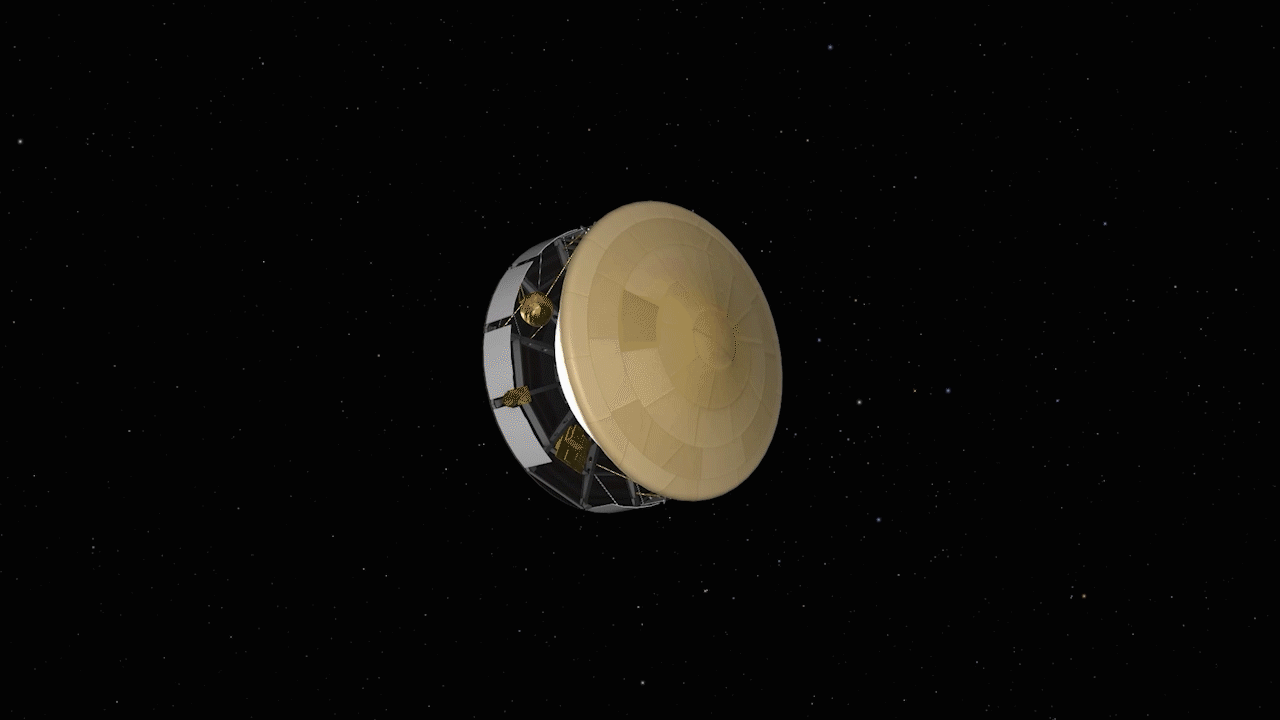
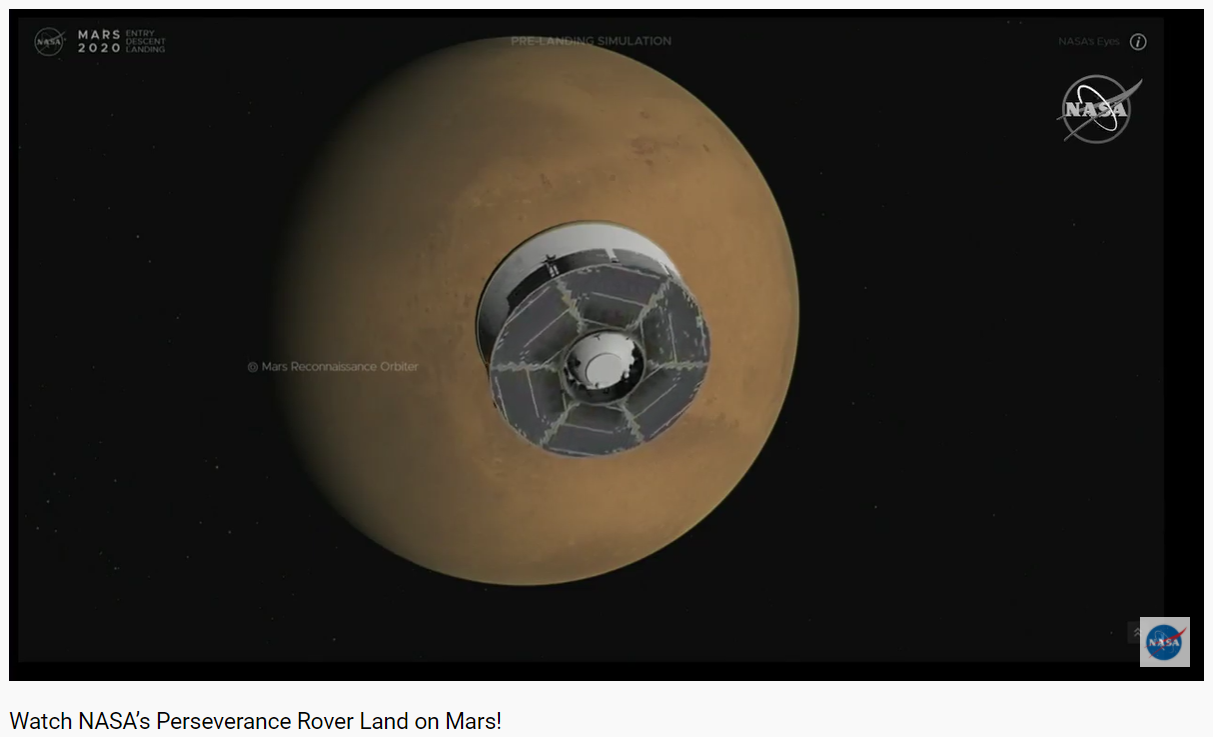
At 3:48 p.m., NASA received the first encouraging positive signal from Perseverance that it had entered the Martian atmosphere and was flying smoothly.
all the best!
In fact, due to the 11-minute signal time difference, the fate of Perseverance's landing at this time has been decided.
About 80 seconds after entering the atmosphere, the spacecraft's temperature peaked, with the heat shield on the bottom of the capsule reaching 2,370 degrees Fahrenheit. Inside the capsule, the temperature is kept at room temperature.
The spacecraft continued to slow down as the air became denser.

Small thrusters on top of the capsule can be fired to adjust the angle and direction of its descent and make it head toward the landing site.
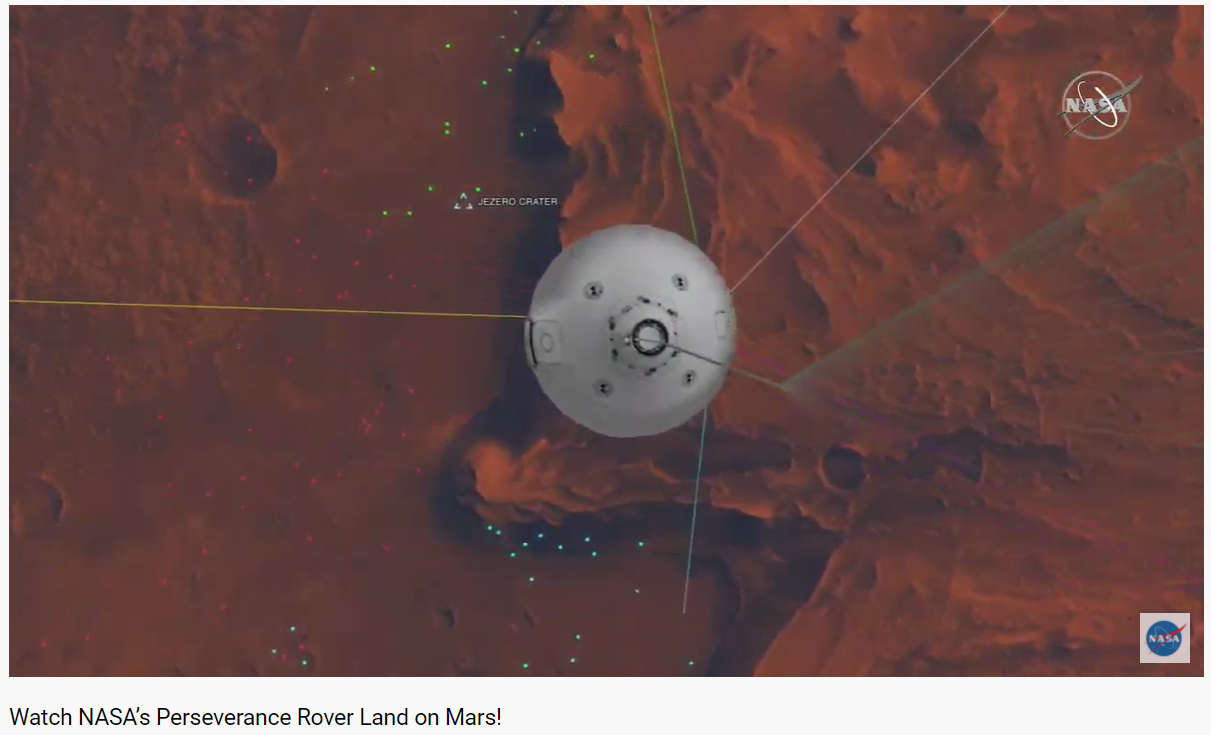
Countdown to the last 90 seconds.
Four minutes after it entered the Martian atmosphere, Perseverance was flying at a speed of less than 1,000 mph at an altitude of about seven miles as planned. It will then release a giant parachute with a diameter of over 70 feet.
At 3:52 p.m. ET, the parachute opened smoothly. This is a milestone step!
It seems elegant, but in fact, the flight speed of Perseverance is still at supersonic speed at this time.
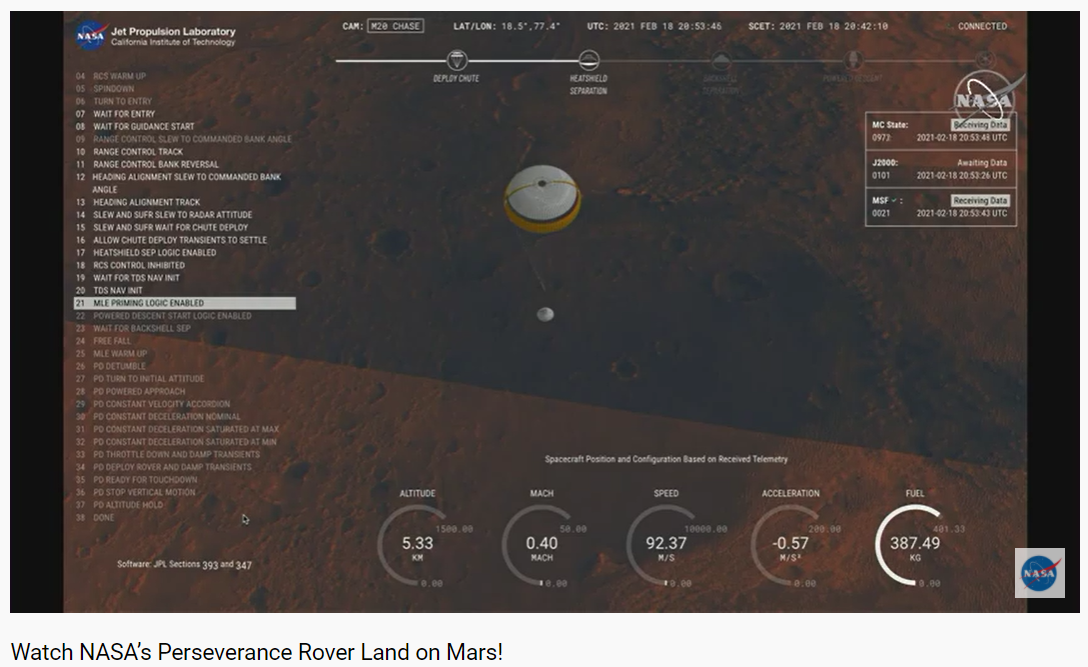

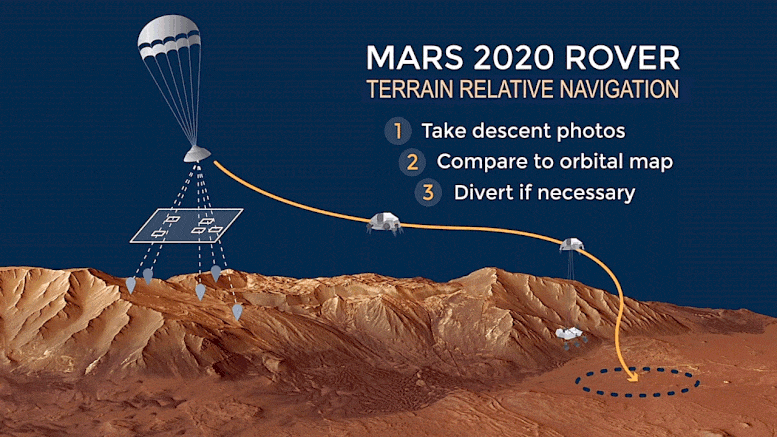
3:56, perfect landing!


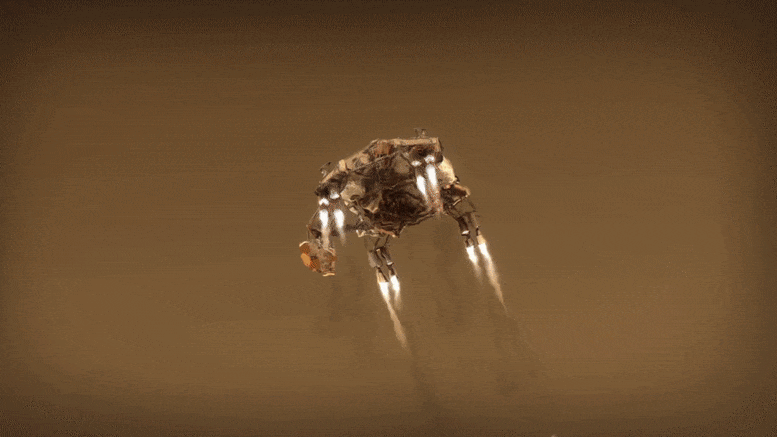
"Confirmed landing," Swati Mohan, the engineer who provided the comment, commanded in a bid to suppress his excitement.
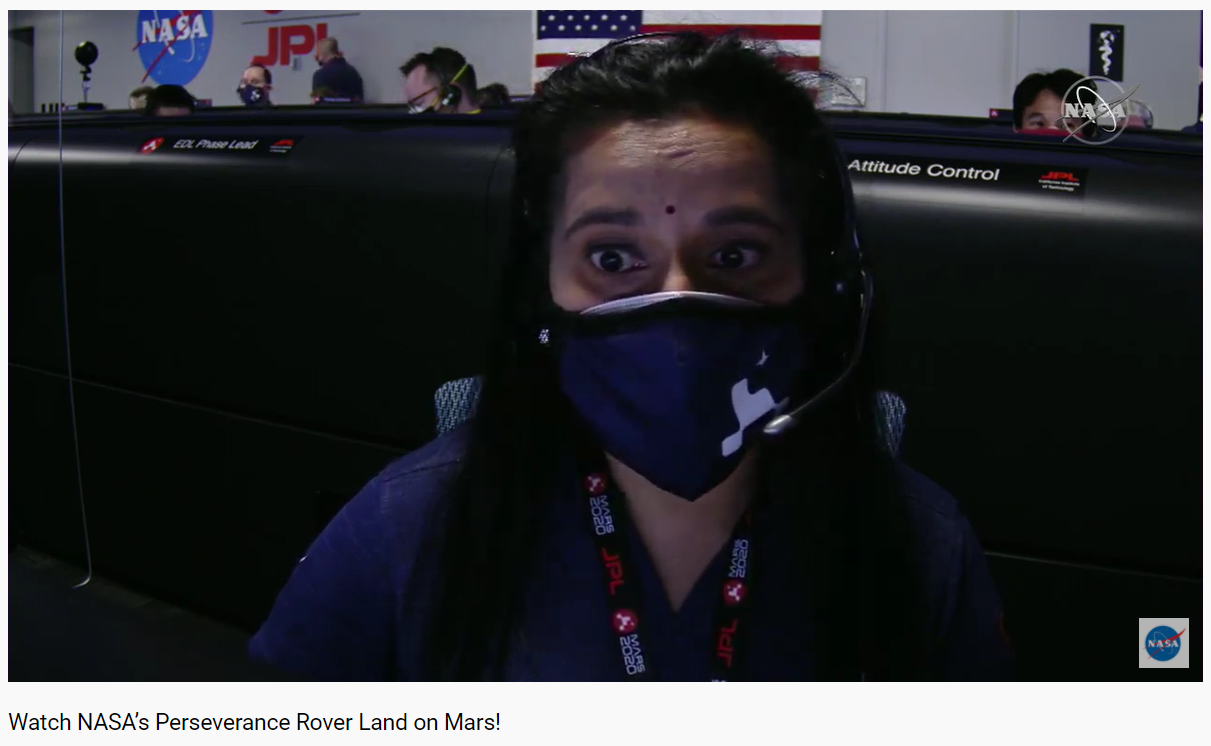
From the NASA headquarters, the engineers were relieved, applauded, and celebrated the success!
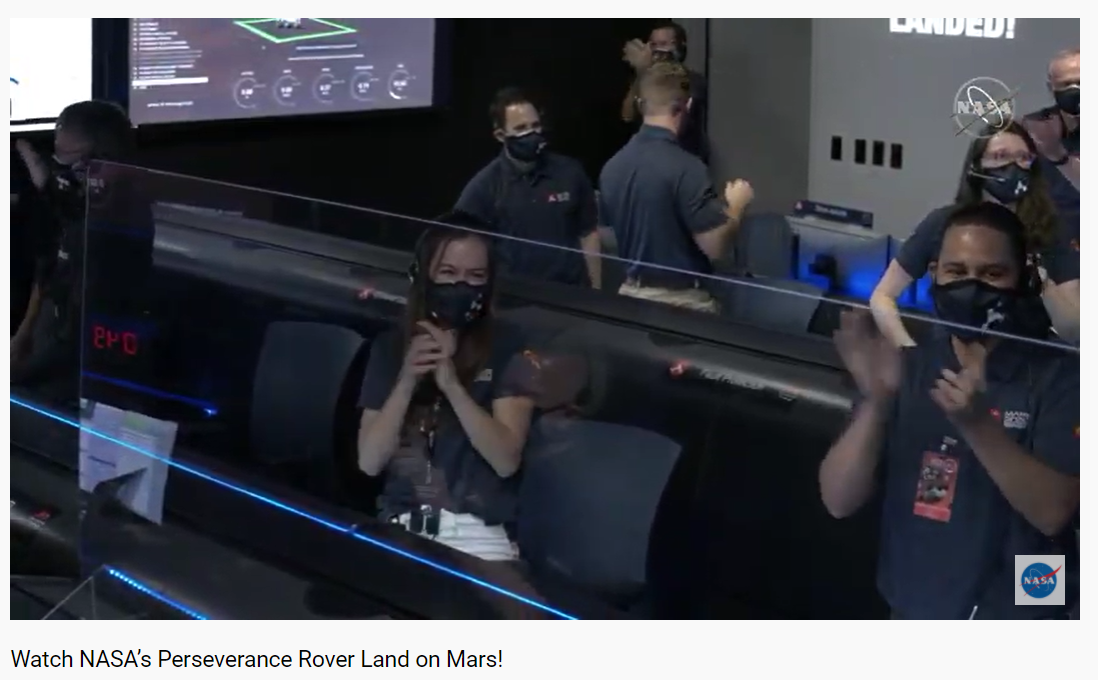

Two minutes later, Perseverance returned the first photo from Mars.
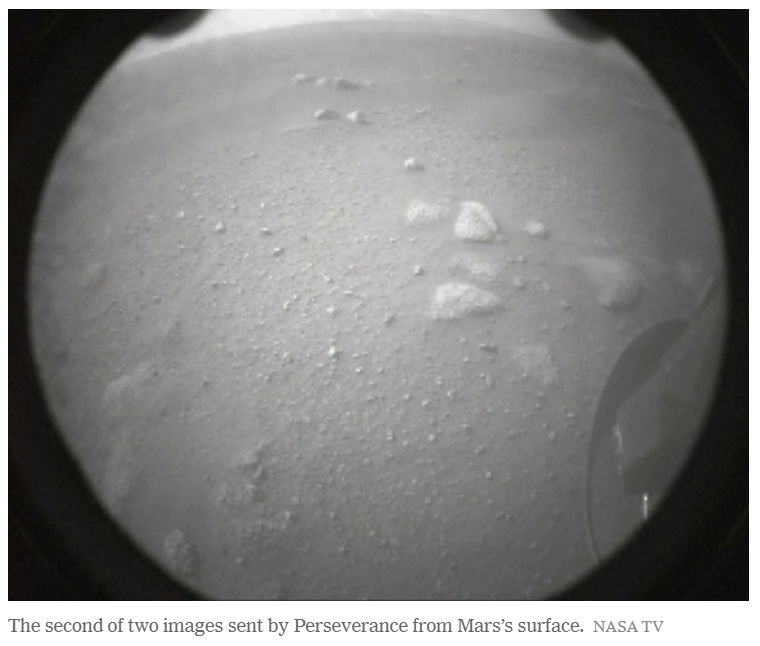
After another 2 minutes, the second photo came.
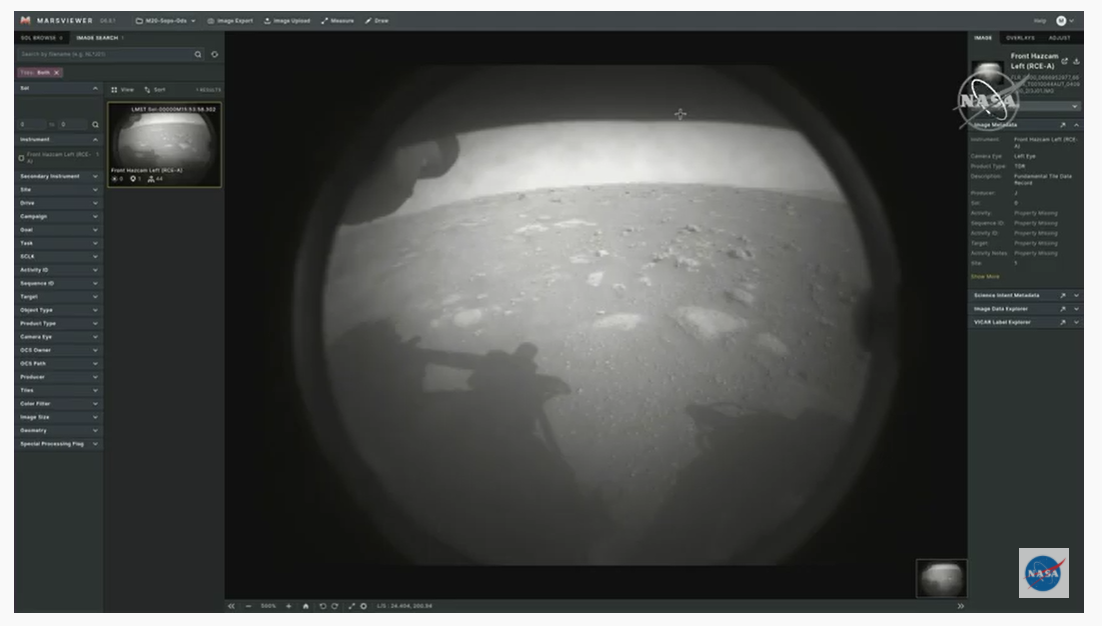
https://www.youtube.com/watch?v=L6dx0pO5MSw
All going well, Perseverance will be diligently transmitting back more fantastic Mars photos in the coming hours, and NASA will release these fantastic Mars images to the public for the first time.
In the next few years, Perseverance will conduct Mars exploration and sample collection missions. This is a map of Perseverance from NASA. The lower left shows the location of its landing on Mars; the dotted line area on the right is the approximate location of its landing, and the yellow curve is the planned travel route of Perseverance.

One of Perseverance's key missions is collecting samples from Mars. It will drill as many as 39 rock wall centers, and each sample of rock and dirt, weighing about half an ounce, will be sealed in an ultra-clean cigar-sized in the metal tube.

Under current plans, the samples will be carried by the rover and kept for several years on the frigid Martian world. Two spacecraft will be launched to Mars in 2026 to complete the mission of returning rocks to Earth.
If all goes well, the samples will be returned to NASA in 2031, a decade from now.
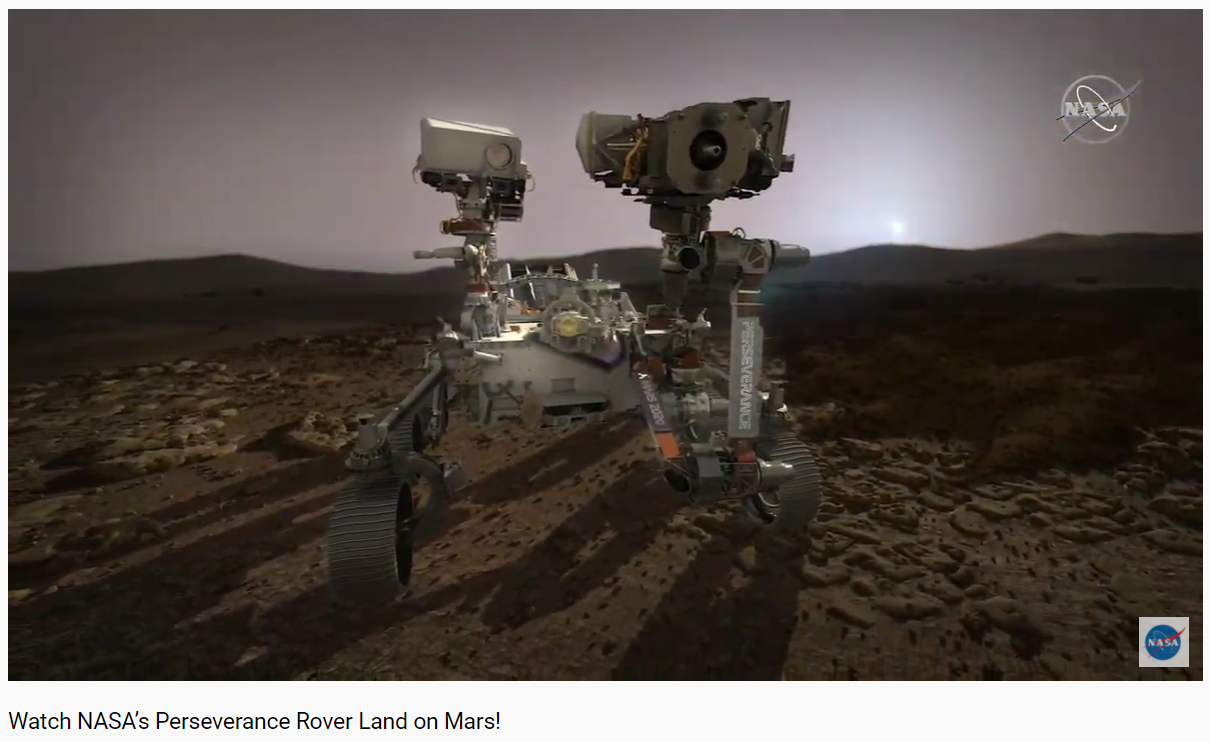
According to plan, in two months, the first Mars helicopter, Ingenuity, will be released from the platform of Perseverance and take off on the surface of Mars with its wings open!
Although it only weighs 4 pounds and looks like a toy, this will be the first time that humans will fly a helicopter in a solar system other than Earth! There will be five test flights.
https://www.youtube.com/watch?v=qwdfdE6ruMw
The difference from flying on Earth is that the gravity of Mars is only one-third that of Earth, but due to the thinness of the Martian gas, this makes the Ingenuity helicopter equivalent to flying at an altitude of 100,000 feet on Earth. This is twice the flying altitude of an ordinary jet aircraft, and it is a height and difficulty that a helicopter on Earth has never reached.
This is reminiscent of a century ago in 1903, when the Wright brothers tested the first human plane in North Carolina; and only 66 years later, American astronaut Armster's footprints were printed on the moon!
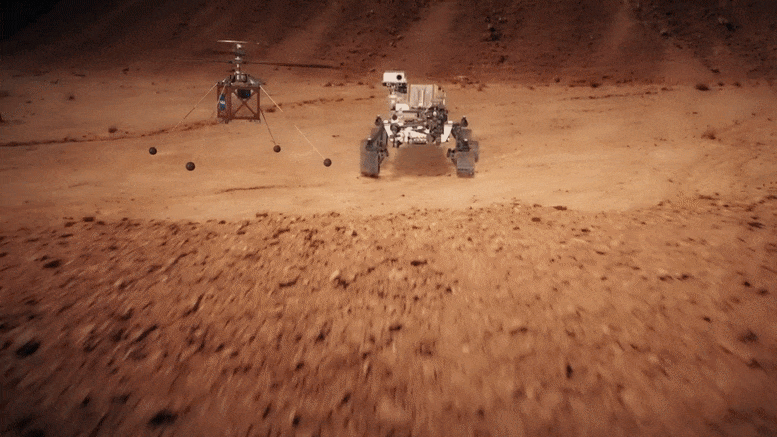
Shocking success!
Especially in the once-in-a-century epidemic, science and the spirit of exploration have done it!
Just as the engineers at the scene said excitedly, " NASA has succeeded, and it is also at this difficult time that Americans have proved that they can unite into a strong country and make breakthroughs together! "
The pictures are from NASA, weather channel, NASA-JPL YouTube, space website, some of them belong to simulation animations, thanks
The article was first published on the WeChat account and Telegram channel of "Moshang America". Violators will be investigated for legal responsibility.
Moshang US Telegram Channel welcome to subscribe: https://t.me/MoshangUS
Telegram join group (copy address is opened with browser, WeChat is invalid): https://bit.ly/36I6zAm
Mo Shang US YouTube (email login YouTube, subscribe): https://bit.ly/3pKShXu
Moshang Twitter: https://twitter.com/MoshangUsa
Like my work? Don't forget to support and clap, let me know that you are with me on the road of creation. Keep this enthusiasm together!
